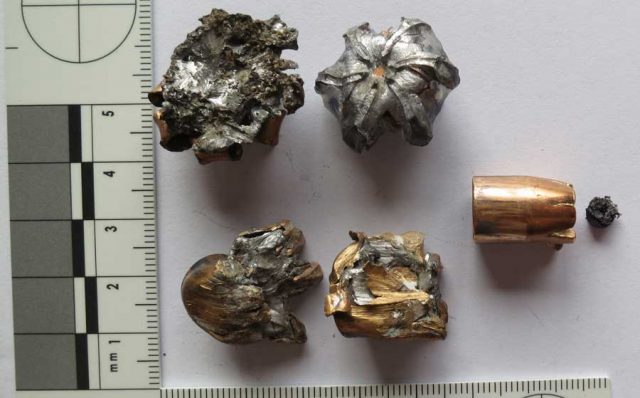 Check our January 2019 article in Law Enforcement Technology about what to look for on recovered bullets to assist with investigations.
Check our January 2019 article in Law Enforcement Technology about what to look for on recovered bullets to assist with investigations.
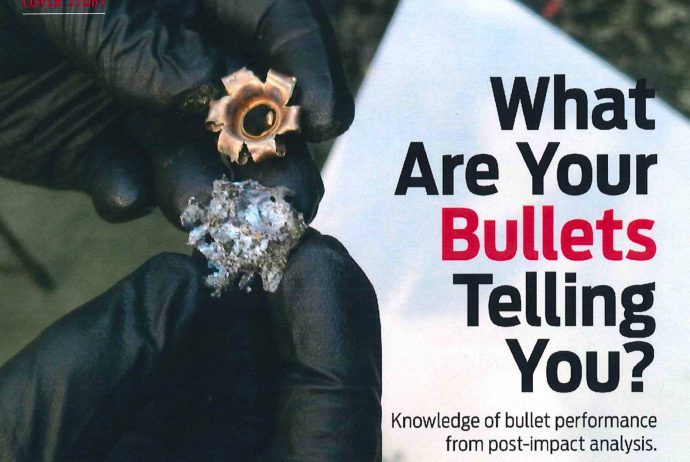
Forensic Analysis, Shooting Reconstruction, Less Lethal, Expert Witness

 Check our January 2019 article in Law Enforcement Technology about what to look for on recovered bullets to assist with investigations.
Check our January 2019 article in Law Enforcement Technology about what to look for on recovered bullets to assist with investigations.
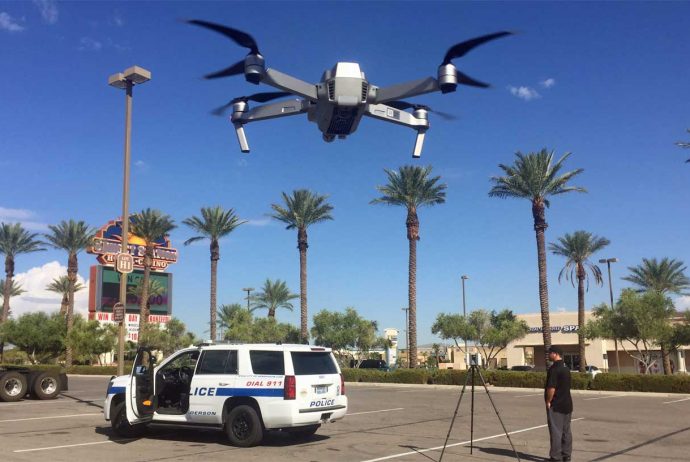
At the Fall 2018 SIFR meeting in Henderson, Leica Geosystems and Holmans USA assisted us with our presentation to demonstrate for the group how to utilize terrestrial scanning and drones to accurately map crime scenes for investigations. We got to fly the Yuneec H520 and see the new RTC360 scanner in action. 

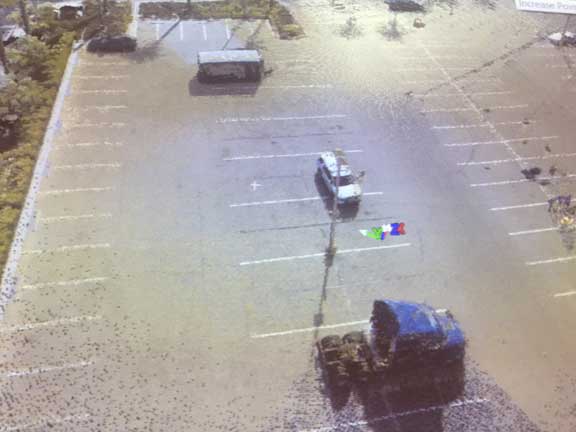
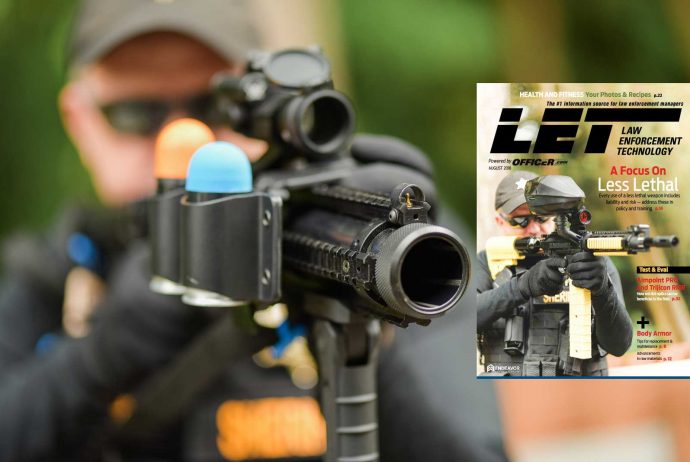
In the August 2018 issue of Law Enforcement Technology, we grabbed the cover with an article on Less Lethal Weapon Integration for police and corrections. The piece discusses selection, implementation and post event considerations that can deescalate volatile situations and reduce liability. We hope it can serve as an initial guide for departments looking to start or improve their less lethal program. The fantastic photos were provided by Jessamy Lennon Photography. Thanks Jess!
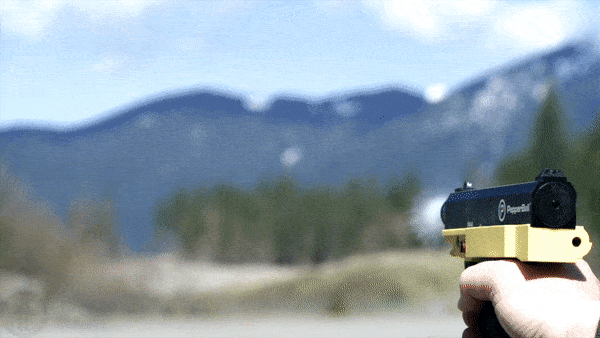 The TCP model is latest release in the Pepperball line. A compact version of the old Tiberius, this is a little CO2 driven, magazine fed six shooter that fires the VXR shaped round. It’s a nice, accurate device with a rifled barrel and variable velocity with the same impact qualities as their big brothers.
The TCP model is latest release in the Pepperball line. A compact version of the old Tiberius, this is a little CO2 driven, magazine fed six shooter that fires the VXR shaped round. It’s a nice, accurate device with a rifled barrel and variable velocity with the same impact qualities as their big brothers.
In 2013 using a Leica Aibotix UAS (Unmanned Aerial System), we assisted in the scene reconstruction and a photogrammetry fly-through of an 800 yard scene, which was presented at AFTE and Hexagon conferences in 2014. Since then, advances in technology, reduction of cost, and more defined FAA rules have made it easier for law enforcement and other public safety agencies to utilize these tools for hyper accurate measurements of large crime scenes and accident reconstruction.
In April 2018, Holmans USA provided a demo for us in NM of the latest UAS available for Leica. Wyant is a FAA Part 107 certified UAS pilot, which allows drone use for commercial operations including aerial photography, 3D crime scene mapping and documentation. With WD Forensic’s two aircraft, we are excited to apply the latest technology to our forensic consulting casework and training. Come see our presentation at the September 2018 SIFIR conference.
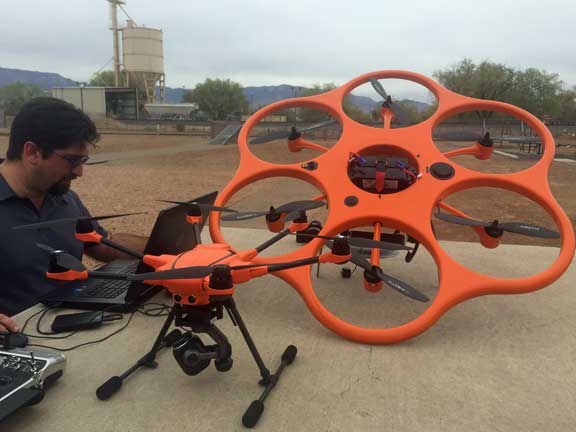
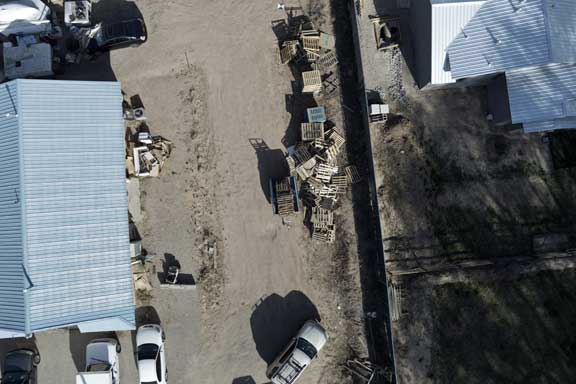
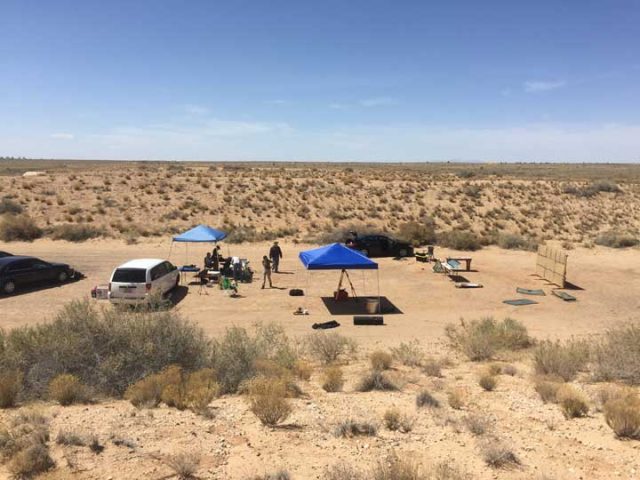
What does a bullet do as it impacts laminated auto glass? We just got back from the sunny southwest where we assisted Forensic Science Consultants with some windshield experiments for an upcoming workshop at the 2018 AFTE conference. The Edgertronic SC2+ captured some great video of bullet fragmentation.
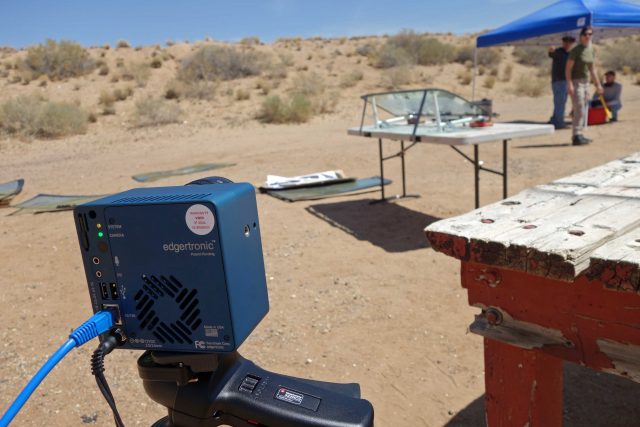
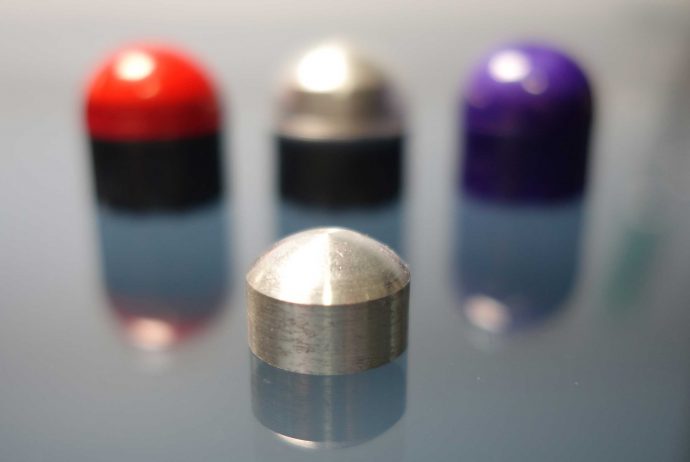
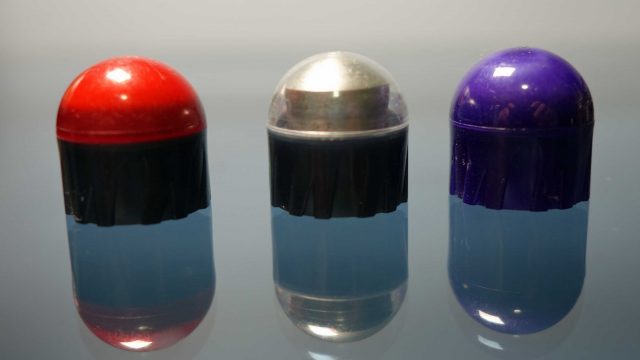 Schiesse dem Fenster! Pepperball recently released a glass breaker VXR round (middle). The payload for the standard powder (livex left, inert right) and liquid rounds is replaced by an aluminum disk in the nose to facilitate energy transfer required to shatter glass. These projectiles are designed for specific tactical applications and it is crucial for operators to know the incident angle which will consistently break glass. On a ridiculously rainy day, we shot some tempered side windows from a couple cars to test for critical angle estimations. Learn more about these rounds on an upcoming segment on our Youtube channel. Special thanks to Gundies Auto Recyclers in Bellingham, Wa for the doors of science!
Schiesse dem Fenster! Pepperball recently released a glass breaker VXR round (middle). The payload for the standard powder (livex left, inert right) and liquid rounds is replaced by an aluminum disk in the nose to facilitate energy transfer required to shatter glass. These projectiles are designed for specific tactical applications and it is crucial for operators to know the incident angle which will consistently break glass. On a ridiculously rainy day, we shot some tempered side windows from a couple cars to test for critical angle estimations. Learn more about these rounds on an upcoming segment on our Youtube channel. Special thanks to Gundies Auto Recyclers in Bellingham, Wa for the doors of science!
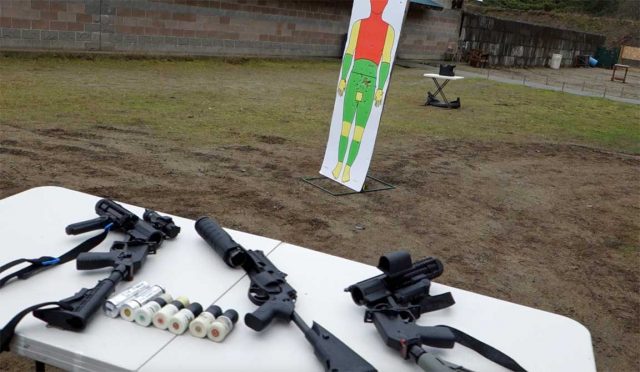
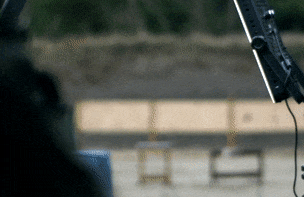 We are currently working on another launcher comparison. This time we are looking at 40mm class single launchers from Combined Systems Penn Arms and Beretta using less lethal munitions. Look for a youtube video soon along with velocity data and high speed footage.
We are currently working on another launcher comparison. This time we are looking at 40mm class single launchers from Combined Systems Penn Arms and Beretta using less lethal munitions. Look for a youtube video soon along with velocity data and high speed footage.
We saw these a couple years ago at SHOT, but just had the opportunity to handle these guys. The TRMR-LE by ALS utilizes a 12 gauge smokeless blank load, which activates on impact. The result is a ~170 dB report ( at 5′) and a flash, with fewer hazards associated with traditional flash bang type distraction devices. Thanks to Andy Willms at SAA for the demo.
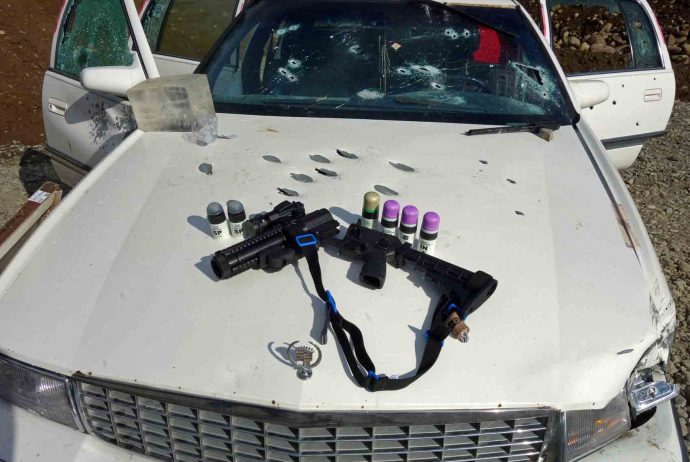
During a shooting incident reconstruction class instructed by Forensic Science Consultants, we gathered some data on the critical angles of less lethal munitions versus automobile glass. These weapons are often used to break windows during critical incidents. What some operators do not know is that success in defeating the glass is heavily dependent on the attack angle. We found that automotive tempered glass resists 40mm less lethal projectiles at angles shallower than 70 degrees. 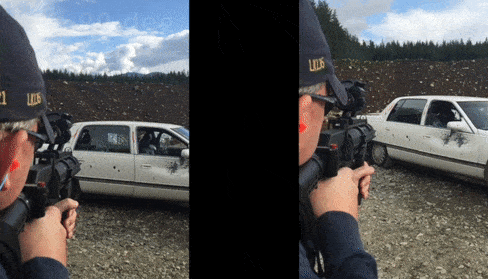
Some of our critical angle data was presented at the AAFS meeting in Seattle, and the AFTE training conference in Nashville.